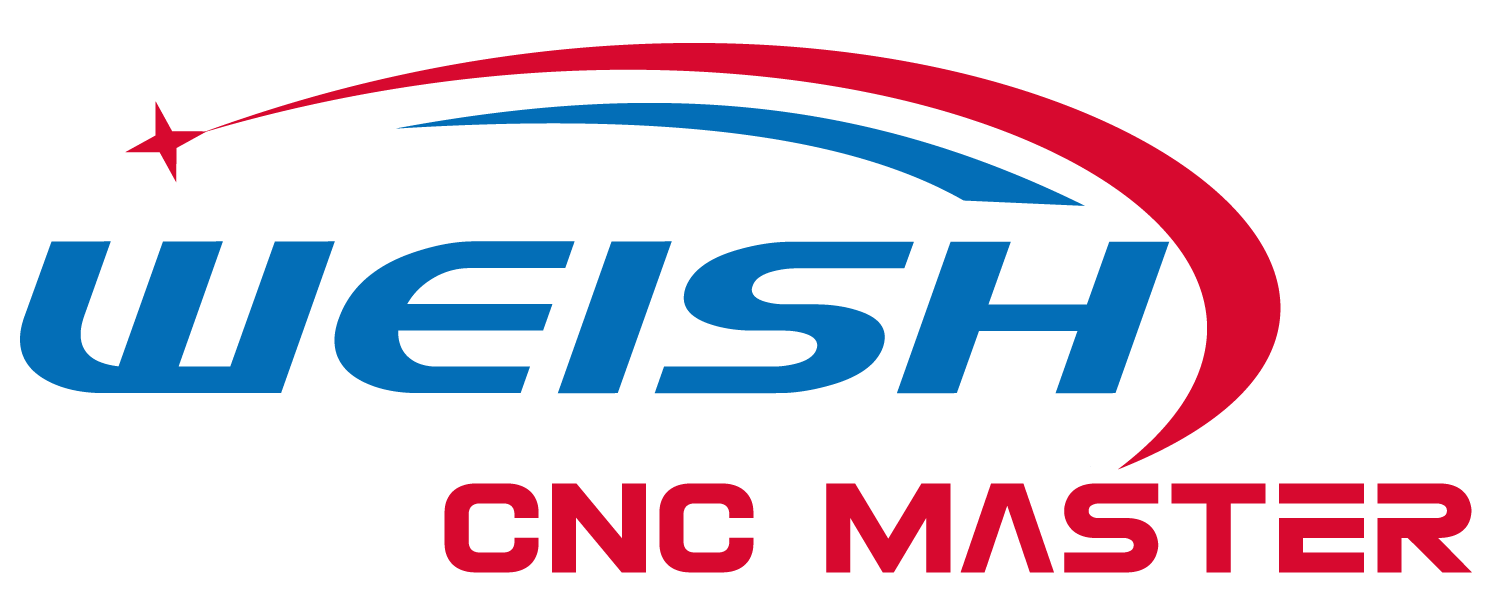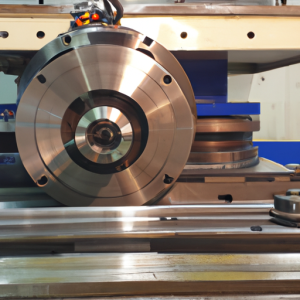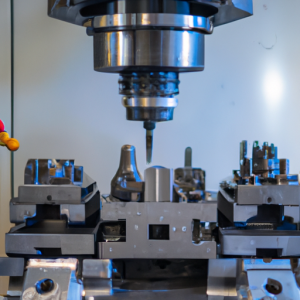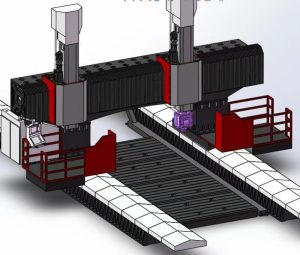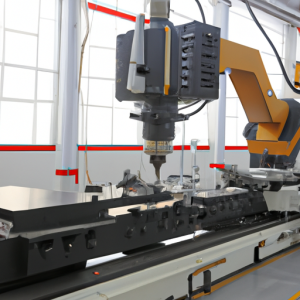CNC turning machines are revolutionizing the way industries produce parts and components. These machines are computer-controlled, allowing for precise and repeatable production of parts with minimal human intervention. This technology is being used in a variety of industries, from automotive to aerospace, to create parts that are more accurate and efficient than ever before.
The CNC turning process begins with a CAD drawing of the part or component that needs to be produced. This drawing is then loaded into the CNC machine, which uses a series of cutting tools to shape the material into the desired shape. The cutting tools are programmed to move in a specific pattern, allowing for precise and repeatable production of parts. This process is much faster than traditional machining methods, and can produce parts with a high degree of accuracy.
CNC turning machines are also being used to produce parts with complex geometries. This is possible because the machines can be programmed to move in multiple directions, allowing for the production of parts with intricate shapes and details. This technology is being used in the aerospace industry to produce parts for aircraft engines and other components.
CNC turning machines are also being used to produce parts with tight tolerances. This is possible because the machines can be programmed to move in very small increments, allowing for the production of parts with extremely precise dimensions. This technology is being used in the automotive industry to produce parts for engines and other components.
CNC turning machines are also being used to produce parts with a high degree of surface finish. This is possible because the machines can be programmed to move in very small increments, allowing for the production of parts with a smooth and uniform finish. This technology is being used in the medical industry to produce parts for implants and other components.
CNC turning machines are revolutionizing the way industries produce parts and components. This technology is allowing for the production of parts with a high degree of accuracy, complex geometries, tight tolerances, and a high degree of surface finish. This technology is being used in a variety of industries, from automotive to aerospace, to create parts that are more accurate and efficient than ever before.
